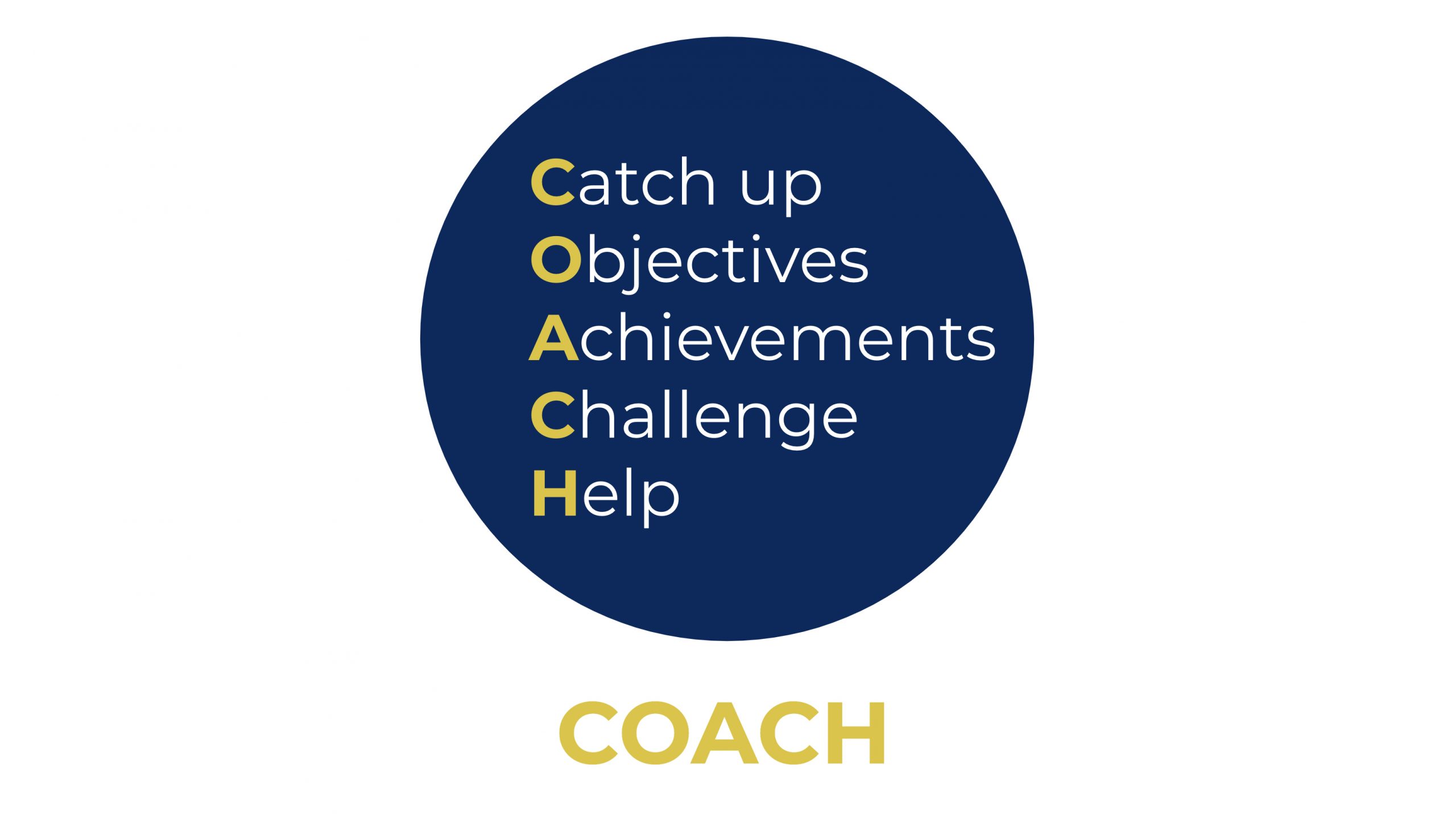21st July, 2020 • 3 min

Written by Coran Lui
23rd April, 2024 •

“How are you?’”
“Fine thanks. How are you?”
“Good thank you. So… what have you got on your plate at the moment?”
Whether you’re a team leader or an individual contributor, you will probably have experienced moments like this in your one to ones.
It can feel enforced, disorganised, and time-consuming. Especially when things get busy, one to one time can get pushed to the side. We think that getting “actual” work done would be more beneficial instead.
Here’s why you shouldn’t.
According to a recent study involving over one million workers, compared to those who have inconsistent or non-existent one to ones, those who frequently have them are up to three times more likely to stay at their organisation.
In the same study, researchers found that having regular one to ones leads to individuals feeling more valued, included, and motivated to continue to grow their career.
The one to one is a valuable opportunity to drive development, improve performance and build a trusting relationship between leaders and team members.
Perhaps unsurprisingly, leaders who were rated the highest (by their team) were 2.3 times more likely to have regular one to ones with them.
So what do high performing managers do differently?
They are:
It’s evident that there are clear benefits to having frequent one to ones, with it being a key touch point to facilitate open and meaningful communication.
As a leader, our role is to help our team be successful and meet their goals and aspirations.
But there is an extensive list of potential topics that we could cover. How do we know where to focus?
The answer is simple: ask them!
There is no one-size-fits-all approach, and since one to ones are supposed to be our team’s time, we want to give ownership to them.
Empower them to share their preferred one to one frequency, come with their agenda (what they want to talk about), and share it with you beforehand so you also have time to prepare and add what you would like to discuss as well.
This may seem like a small change, but a staggering 90% say that having a clear, co-created agenda makes one to ones more productive.
COACH them
We also want to be letting them lead during the meeting, and take more of a coaching approach where we are asking questions rather than telling.
When one to ones are done well, we see a 430% increase in the odds that an individual will be highly engaged. What this looks like is increased trust, clarified thinking, and self-confidence.
Here’s COACH, a structure you can use as inspiration for your one to ones.

As you read through each section, which can be taken as a mini structure for a one to one in itself, we encourage you to plan out how you are going to incorporate relevant elements into your next one to one.
C – Catch up
Less than a quarter of people feel their organisation cares about their wellbeing – a new low in over a decade.
To do this:
It can be tempting to move quickly through the agenda especially when it is busy.
Encourage ideas to come to the fore, and make sure they know that the one to one time is designed to be a safe place for them to test out and share any ideas they have. We want to avoid rushing them to get to the next point on the agenda where possible.
Put away distractions (equally important whether your one to one is in-person or virtual), avoid interrupting, and give your full attention.
We also want to avoid immediately jumping into problem solving mode, which can lead to the other person feeling unheard and not listened to.
For more tips on how to actively listen effectively, read our recent blog here.
Genuine interest is when we have a desire to learn more about their thoughts, feelings, and experiences.
We can do this by asking more thoughtful questions. Go beyond questions with yes or no answers, and ask more open-ended ones instead.
Questions starting with “how”, “why”, and “tell me more about” are great coaching style questions to encourage our team to elaborate on their thoughts, ideas, and challenges.
Listen properly to these ideas, and dig even deeper.
O – Objectives

We want to ensure we are spending time reviewing progress against objectives and goals, as that can significantly influence our team’s motivation to go above and beyond in their role.
Research shows while having one to ones and goal reviews increase individual motivation by 4% and 4.5% respectively, doing them together creates more than a 7% difference in motivation.
By taking a coaching approach, we can show that we care, and empower our team to think about what they want to accomplish and how they can get there.
Here are some useful questions to ask:
And this question is brilliant to get them to open up and share even more: And what else?
For example, you could ask “and what more do you think or feel you want to share?”, or “and what more do you want to achieve?”
A – Achievements
This stage is all about making sure individuals recognise that they are a valuable part of the team.
While we may be likely to recognise our team based on results, performance, or bigger wins (which is brilliant), we also want to acknowledge their inherent value as a member of the team, and their work behind the scenes.
One to ones are a great time for this. And when we have consistent one to ones, we can also find it easier to give timely, specific, and frequent recognition, making it more likely that our team will continue to challenge themselves.
And if you’re a manager, it can be even more powerful at times to encourage recognition to come from other sources.
The first, is to take an ask approach and get our team to reflect on their successes.
Useful questions to ask:
The second, is to encourage a culture of peer recognition, getting colleagues to shout each other out to show their appreciation.
A study by Harvard Business School found that when a sales team was encouraged to give peer recognition, it produced a 500% return on investment, compared to when they received individual recognition.
And third, we want to understand our team’s recognition preferences so we can tailor our approach.
So how do you do this? Just ask! Ask your team how they like to be recognised. Is it through words, time, gifts, or actions?

Although we each have our own preferences, we can fall into the trap of recognising everyone in the way we like to be recognised.
For example, you might like to be verbally recognised – however after hitting a big project milestone, someone on your team might prefer an early finish as a show of appreciation.
That’s why it’s useful to mix it up, to make sure recognition always stays fresh and meaningful.
Read our blog for more on how to use recognition to motivate your team.
C – Challenge
Sharing and asking for feedback is one of the best ways we learn – we need to be challenged.
And as part of the coaching approach, our goal is to get our team to give feedback to themselves.
Here are some helpful questions to ask, to help our team reflect and develop self-awareness:
This question is good to get our team to share feedback with us:
Hearing candid feedback can be difficult, especially if it illuminates a blindspot or something we believed to be doing well when supporting our team.
On the topic of giving effective feedback, 65% of managers believe they do, only 28% of individuals reported receiving meaningful feedback at least once a week.
So challenge yourself to ask for more feedback, and improve your feedback-giving approach (read this blog for practical strategies).
H – Help
Finally, help – which is time dedicated to discussing whether your team needs more support, and how you can help support them.
This can sound like a straightforward process, especially for experienced managers. When in reality, it is harder than we think.

This study found that after 10 years of experience, managers saw the biggest decline in helping their team follow through on innovative ideas, communicating a motivating vision, and taking a coaching approach with them.
When we have a wealth of knowledge and experience, we become less likely to ask our team questions about their problems, and instead lean on our past experiences to give our team advice.
And even though this advice can be valid and helpful, it conflicts with our desired coaching approach, where we’re trying to empower our team to clarify their thinking and come to their own solutions.
Here are some questions to keep us in ‘ask’ mode, and uncover this insight:
And once you have taken time to understand their challenges and moved closer to a solution, you want to make sure you will be on the same page after the one to one.
Read our blog to learn about strategies to successfully align expectations.
Ultimately, by using these prompts to encourage further discussion, we become better equipped to co-create an approach to motivate and help our team follow through on their ideas.
Three key takeaways:
If you’re interested in learning more about effective one to ones, or finding out more about how Higson could help you and your team, please get in touch.